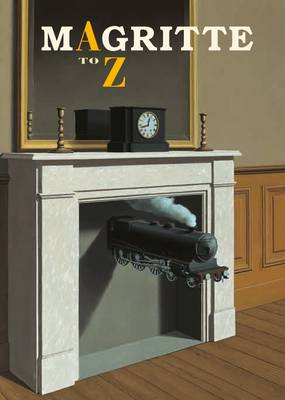The Belgian painter, printmaker, sculptor and filmmaker Rene Magritte (b. 1898) was one of the leading figures in the Surrealist movement, producing some of the most iconic images of the twentieth century. He abandoned abstract painting on encountering the work of de Chirico and joined the Surrealist circle in Paris in the second half of the 1920s. Soon he was producing works in his trademark style; painted in a flat, inexpressive manner, his pictures combine apparently mundane, everyday scenes with elements of the fantastic or erotic, creating a disturbing, dream-like atmosphere that is all his own. In the early 1930s he returned to Brussels, where he continued to live and work for the rest of his career, remaining faithful to Surrealism and developing a vocabulary of symbols - floating rocks, bowler-hatted, umbrella-carrying men, incongruous nudes, concealed or shrouded faces - that is among the most recognisable in modern painting. In Brussels Magritte lived a well-ordered, regular life, his conventional clothes and apparently bourgeois habits in tune with the surrealist aim of subverting society from within.
Published on the occasion of a major retrospective exhibition, this book is by no means a typical exhibition catalogue: instead, the book is designed in the format of an A to Z, fully illustrated in colour, each entry written by one of a range of international scholars. The entries under the letter 'A' alone - Absence, Abstraction, Appropriation, Anonymity, Artifice, Automatism and Automatic Writing - show how such an approach can serve to reveal and explore the themes and motivations in this most enigmatic artist's work.
- ISBN10 1849760039
- ISBN13 9781849760034
- Publish Date 1 February 2012
- Publish Status Out of Print
- Out of Print 15 March 2021
- Publish Country GB
- Imprint Tate Publishing
- Format Paperback
- Pages 208
- Language English
